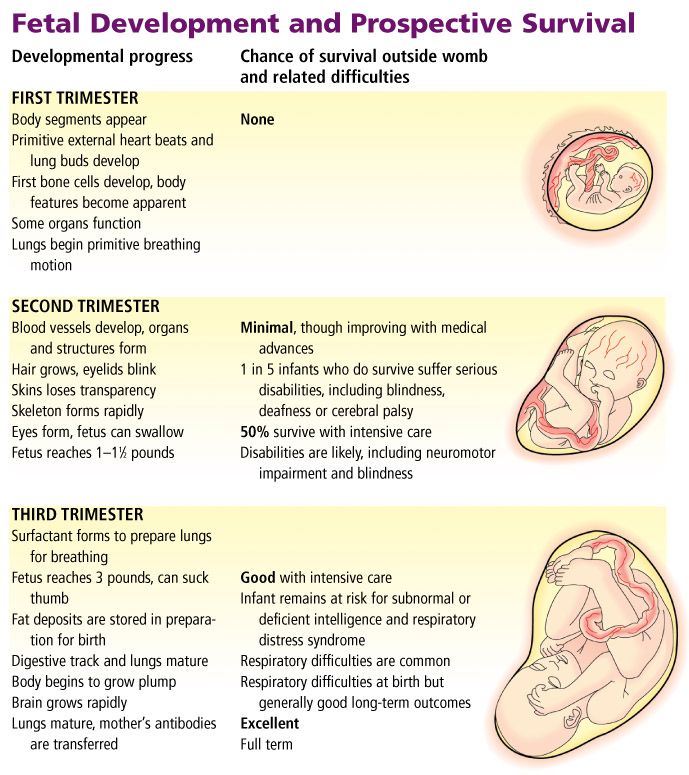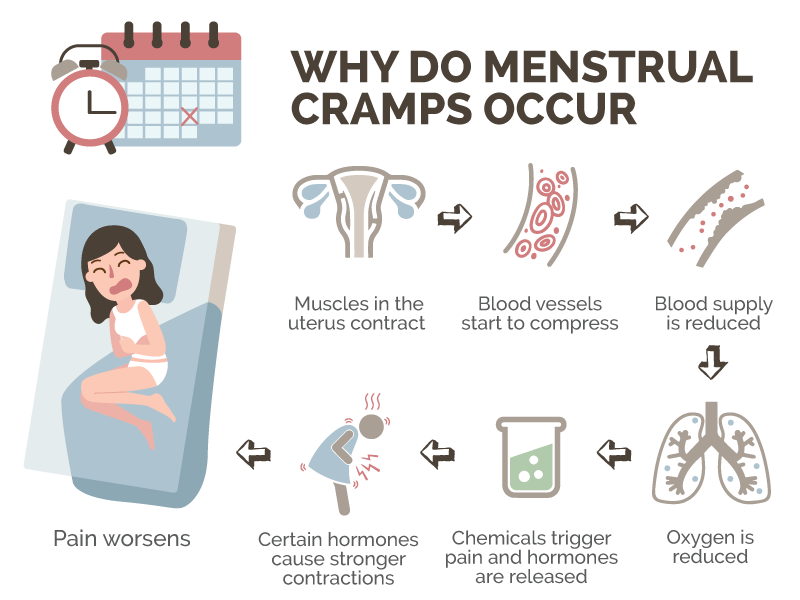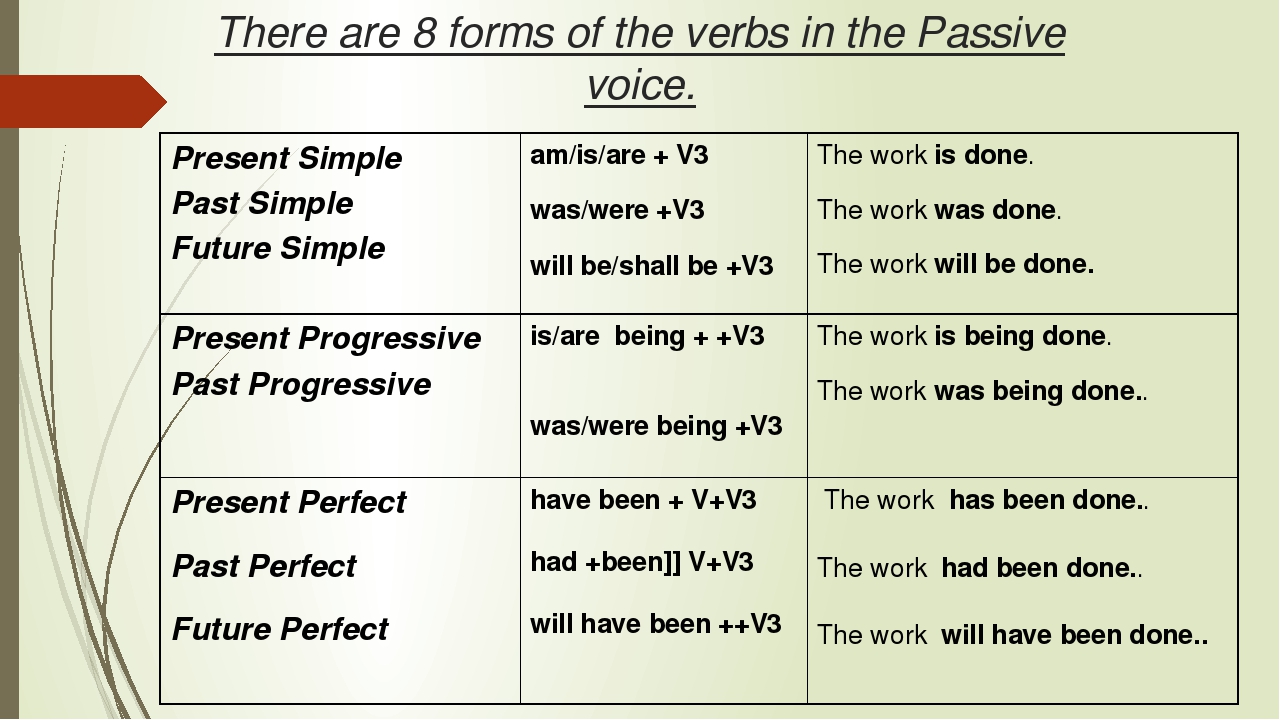How many calories should a 10 year old child consume
Learning About Calories (for Kids)
When people talk about the calories in food, what do they mean? A calorie is a unit of measurement — but it doesn't measure weight or length. A calorie is a unit of energy. When you hear something contains 100 calories, it's a way of describing how much energy your body could get from eating or drinking it.
Are Calories Bad for You?
Calories aren't bad for you. Your body needs calories for energy. But eating too many calories — and not burning enough of them off through activity — can lead to weight gain.
Most foods and drinks contain calories. Some foods, such as lettuce, contain few calories (1 cup of shredded lettuce has less than 10 calories). Other foods, like peanuts, contain a lot of calories (½ cup of peanuts has over 400 calories).
Some people watch their calories if they are trying to lose weight. Most kids don't need to do this, but all kids can benefit from eating a healthy, balanced diet that includes the right number of calories — not too many, not too few. But how do you know how many calories you need?
How Many Calories Do Kids Need?
Kids come in all sizes and each person's body burns energy (calories) at different rates, so there isn't one perfect number of calories that every kid should eat. But there is a recommended range for most kids between 6 and 12 years old: 1,600 to 2,200 per day, depending on how active they are.
When they reach puberty, girls need more calories than before, but they tend to need fewer calories than boys. As boys enter puberty, they may need as many as 2,500 to 3,000 calories per day, especially if they are very active. But whether they are girls or boys, kids who are active and move around a lot need more calories than kids who don't.
If you eat more calories than you need, the body changes extra calories to fat. Too much fat can lead to being overweight and other health problems. Only your doctor can say if you are overweight, so check with him or her if you're concerned. And never go on a diet without talking to your doctor!.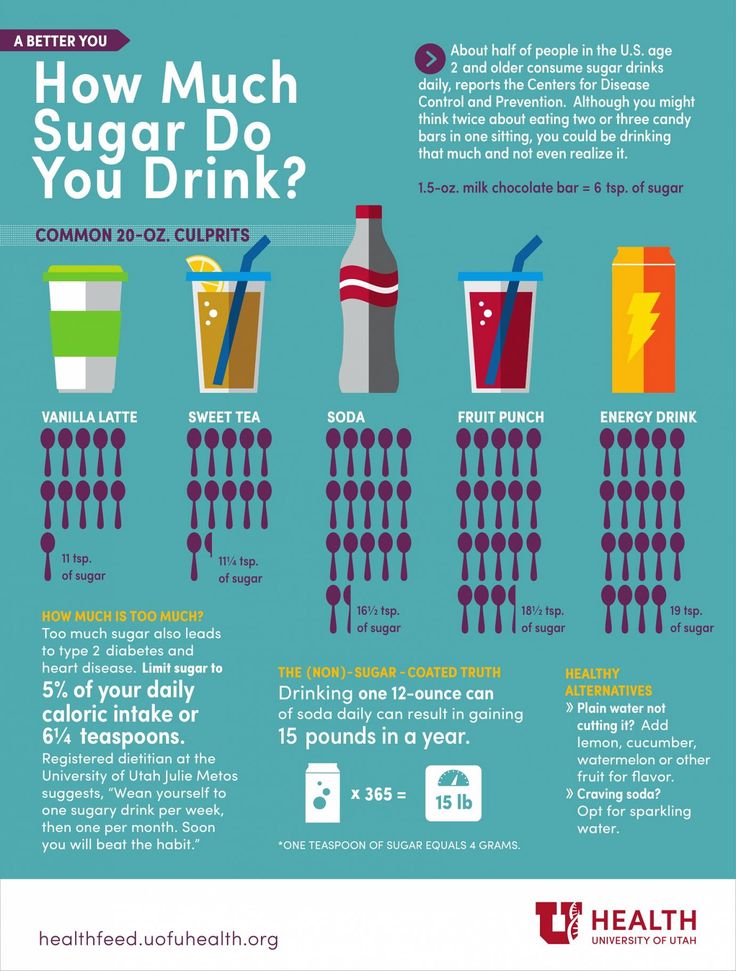
High-calorie foods — such as sugary sodas, candy, and fast food — quickly add up to too many calories. Instead, eat a healthy, balanced diet. Exercising and playing are really important, too, because physical activity burns calories.
How the Body Uses Calories
Your body needs calories just to operate — to keep your heart beating and your lungs breathing. As a kid, your body also needs calories and nutrients from a variety of foods to grow and develop. And you burn off some calories without even thinking about it — by walking your dog or making your bed.
But it is a great idea to play and be active for an 1 hour or more every day. That means time spent playing sports, playing outside, or riding your bike. It all adds up. Being active every day keeps your body strong and can help you maintain a healthy weight.
Watching TV and playing video games won't burn many calories at all, which is why you should limit those activities to no more than 2 hours per day. A person burns only about 1 calorie per minute while watching TV, about the same as sleeping!
A person burns only about 1 calorie per minute while watching TV, about the same as sleeping!
Reviewed by: Mary L. Gavin, MD
Date reviewed: June 2018
Healthy Eating for 10-11 Year Olds | Healthy Eating
When kids reach the age of 10 to 11 years old, they're starting to make their own food decisions. Whether it's deciding what to order for school lunch, choosing their own snack when they get home from school or eating out with friends' families, you want them to have firm nutritional habits in place so they make good choices.
Healthy eating for 10- and 11-year-olds looks a lot like healthy eating at any age. They need moderate portions of mostly whole, unprocessed foods that are low in added sugar, sodium and saturated fats. Vegetables and fresh fruits, lean proteins, whole grains, low-fat dairy and healthy fats feature prominently in a healthy diet for kids.
Calories Count
Consuming more calories than you burn at any age can lead to weight gain and contributes to the weight crisis among kids.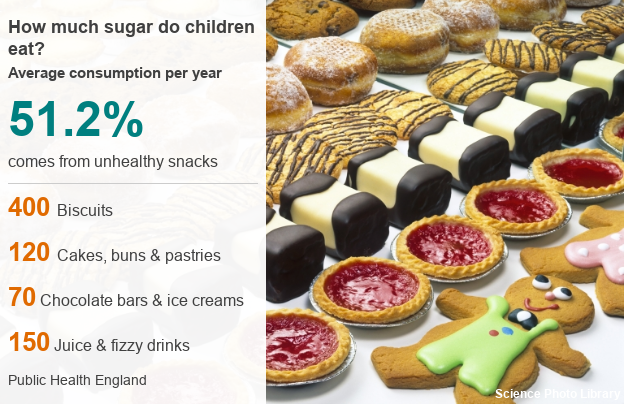 Since the 1970s, incidences of childhood obesity have more than tripled, according to the Centers for Disease Control and Prevention in 2017. High-calorie, nutrient-poor foods contribute to this rise in obesity.
Since the 1970s, incidences of childhood obesity have more than tripled, according to the Centers for Disease Control and Prevention in 2017. High-calorie, nutrient-poor foods contribute to this rise in obesity.
On average, a 10- to 11-year-old boy needs between 1,600 and 2,200 calories each day. Girls usually need between 1,400 and 2,000 calories. The more active your child, the higher their needs fall in this calorie range. Just as important as not eating too much is to avoid eating too little, which can leave 10- and 11-year-olds nutritionally deficient, which may hamper growth of the body and brain.
Major Macronutrients
Macronutrients are those nutrients your body needs in major amounts for proper function, specifically protein, carbohydrates and fats.
Protein
Most 10- to 11-year-olds need a minimum of 34 grams of protein per day, but your child may need more depending on body size, activity level and whether he is experiencing a growth spurt.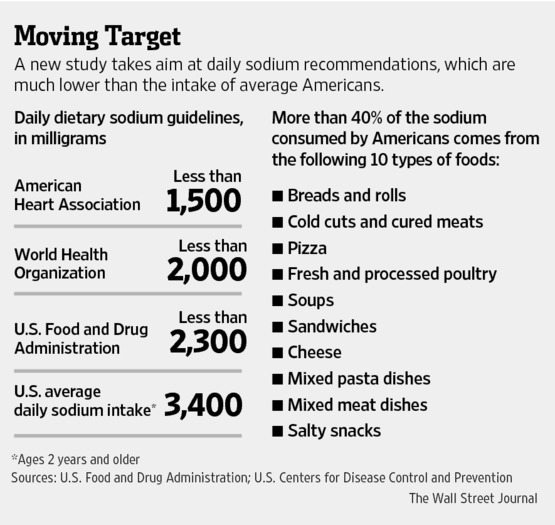
Proteins to emphasize are lean meats, such as white-meat poultry, flank steak, tuna and pork loin. Eggs and salmon are protein-rich and full of essential healthy fats and nutrients that also support growing kids' bodies and brains. Milk and other dairy products provide not only protein, but bone-building calcium. If your child prefers plant-based proteins, make sure she gets lots of legumes, such as lentils and black beans. About a quarter of your child's plate at mealtime should be filled with protein foods.
Carbohydrates and Fiber Carbs are a major nutrient kids need for energy. Some 10- and 11-year-olds are carb junkies, reaching for popcorn, cookies, snack crackers and pasta every chance they get. Steer your child away from these refined options and toward whole grain options, such as brown rice and whole-wheat bread, most of the time.
Carbohydrates also provide your child with fiber, which supports a healthy digestive tract. Whole grains, along with lots of fresh veggies and fruit, helps your 10- to 11-year-old get the 22 to 25 grams needed daily. For adequate carbs and fiber, encourage your child to fill a quarter of the plate with whole grains and half of the plate with fruits and vegetables at each meal.
For adequate carbs and fiber, encourage your child to fill a quarter of the plate with whole grains and half of the plate with fruits and vegetables at each meal.
Fat
Although fat is often demonized because it's calorie dense, fats are essential for health. They support healthy skin and hair, brain development and vitamin absorption.
All fats aren't equally nourishing, however. Healthy unsaturated fats, such as those found in nuts, seeds, olive oil and avocados should be emphasized. Get healthy omega-3 fats from foods such as fish and walnuts. Minimize intake of saturated fats that come in processed snacks, movie popcorn and fatty cuts of meat, like ribs and brisket.
Minimizing Sugar
Added sugar is ubiquitous in a 10- to 11-year-old's diet. Minimize it by discouraging soft drinks, limiting desserts and offering whole, fresh fruit at snack time.
The American Heart Association published guidelines in 2016 recommending that people aged 2 to 18 consume no more than 100 calories of added sugar daily; that's about 6 teaspoons.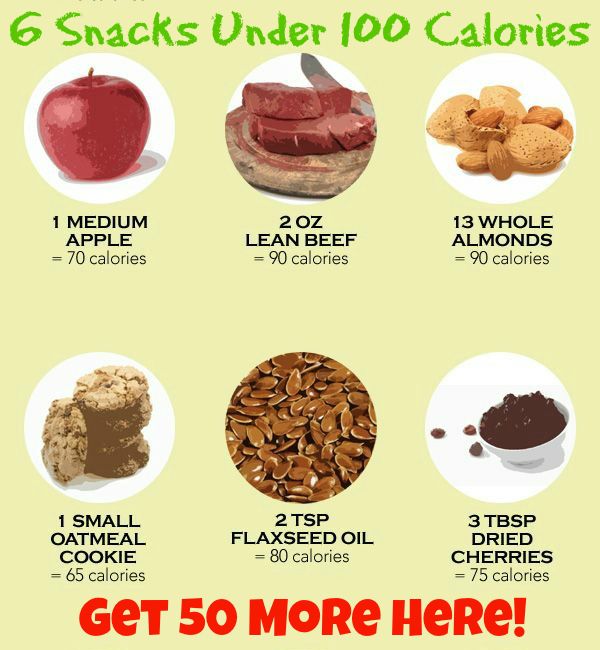 Just one 20-ounce soda contains 16 teaspoons, almost triple the amount for a whole day.
Just one 20-ounce soda contains 16 teaspoons, almost triple the amount for a whole day.
You can't dissuade kids from getting sugar when they're away from home, but you can stop the foods from being available in your own pantry. Choose low-sugar breakfast cereals, offer whole-grain crackers and cut-up veggies as snacks, encourage water when kids are thirsty. Make dessert a special occasion , not an expectation.
Micronutrients
Growing 10- and 11-year-olds need balanced nutrition to promote healthy growth and development. Even if your child eats healthfully most of the time, it may be challenging for him to get all the micronutrients, or vitamins and minerals, in just the right quantities. If you think a multivitamin might be needed, talk with your pediatrician.
How much junk food can a child eat per day? – “Food”
From a utilitarian point of view food is a source of energy and building materials for the body. Food products are made up of various components: proteins, fats, carbohydrates, vitamins, macro- and microelements.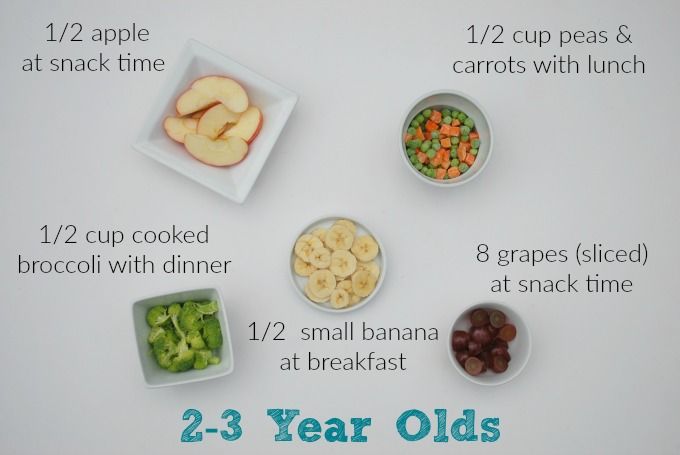 The ratio of proteins, fats and carbohydrates determines calorie content of food. Proteins are the least caloric of the entire BJU company. This high-molecular organic substances consisting of alpha-amino acids, connected in a chain by a peptide bond. One of the main roles of protein in the body human - to participate in the construction of new cells. Part of the amino acids necessary for a person cannot be synthesized by the body and must be supplied outside - with proteins. nine0003
The ratio of proteins, fats and carbohydrates determines calorie content of food. Proteins are the least caloric of the entire BJU company. This high-molecular organic substances consisting of alpha-amino acids, connected in a chain by a peptide bond. One of the main roles of protein in the body human - to participate in the construction of new cells. Part of the amino acids necessary for a person cannot be synthesized by the body and must be supplied outside - with proteins. nine0003
Fats are compounds necessary for the release of energy and the construction of connective fabrics. By increasing the number of fat cells, the body accumulates energy. Carbohydrates are the main source of energy.
The so-called BJU balance is the way to a healthy and beautiful body from a young age. We turned to those operating in the Russian Federation standards and studied how much favorite food for children of all ages they matches.
The rules are as follows.
Energy.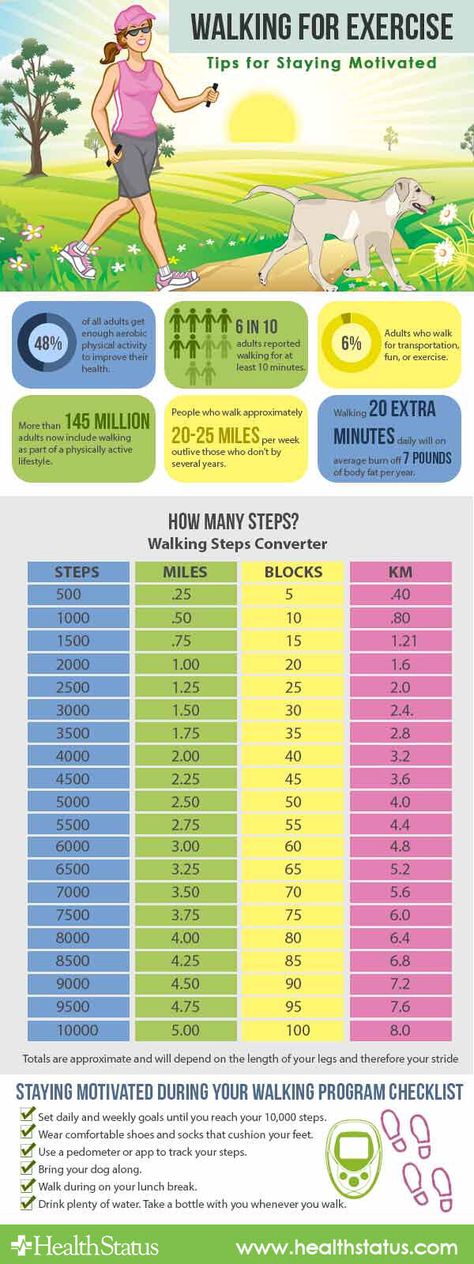 nine0012 Children from 3 to 7 years old should receive 1800 kcal per day, children from 7 to 11 years old - 2100 kcal per day, boys from 11 to 14 years old - 2500 kcal per day, girls - 2300 kcal per day.
nine0012 Children from 3 to 7 years old should receive 1800 kcal per day, children from 7 to 11 years old - 2100 kcal per day, boys from 11 to 14 years old - 2500 kcal per day, girls - 2300 kcal per day.
Proteins. Children 3 to 7 years of age should receive 54 g per day, 7 to 11 years of age 63 g per day, 11 to 14 years of age 75 g (boys) and 69 g (girls) per day.
Fats. Children 3 to 7 years of age should receive 60 g per day, 7 to 11 years of age 70 g per day, 11 to 14 years of age 83 g (boys) and 77 g (girls) per day. nine0003
Carbohydrates. Children 3 to 7 years of age should receive 261 grams per day, 7 to 11 years of age 305 grams per day, 11 to 14 years of age 363 grams (boys) and 334 grams (girls) per day.
There are many other details that still affect nutritional value (for example, 60-70 percent of proteins should be - but according to the standards - of animal origin, fats should provide no more than 30 percent of energy, and so on).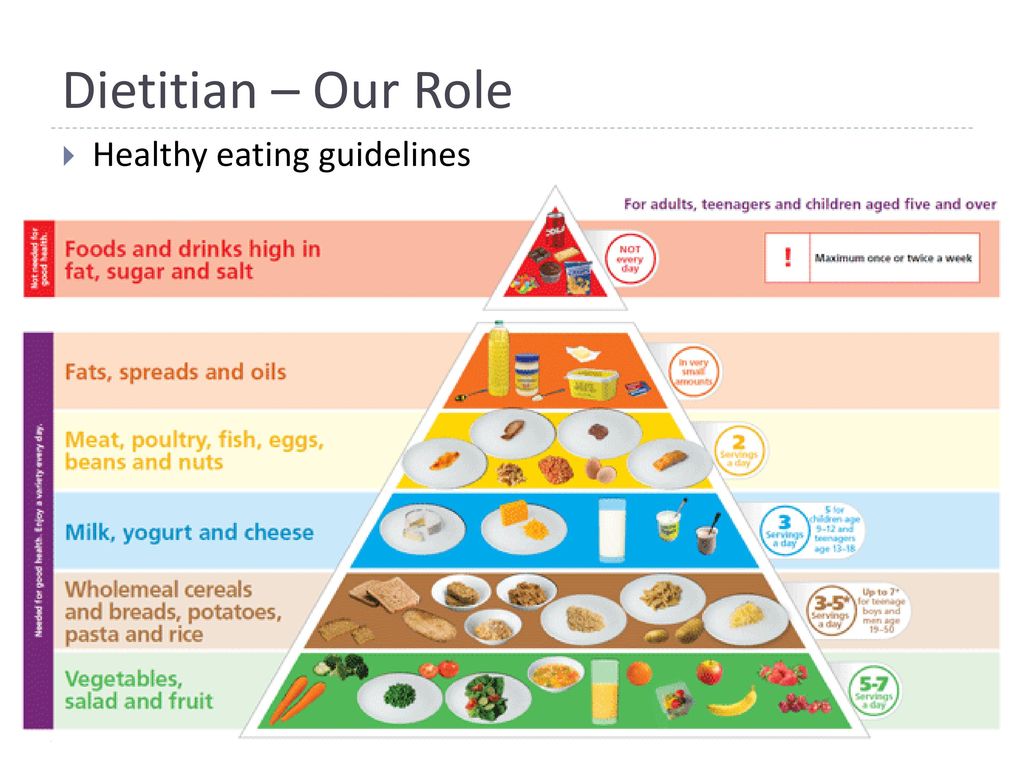 Plus - consumption rates depend on the mass, constitution and metabolic characteristics of each individual child. But we will make the most approximate calculations, because the main harm that the excessive consumption of the products of our choice brings is due to their nutritional imbalance. nine0003
Plus - consumption rates depend on the mass, constitution and metabolic characteristics of each individual child. But we will make the most approximate calculations, because the main harm that the excessive consumption of the products of our choice brings is due to their nutritional imbalance. nine0003
So.
Chips with salt
Consider the example of crispy potatoes with a girl in a circle on a pack, which used to be made in Moscow, and now in Kemerovo.
A large pack contains 160 grams of these chips. These 160 grams contain 816 kcal, as well as 9.6 grams of protein, 51.2 grams of fat and 80 grams of carbohydrates. The chips also contain salt, but its amount is not indicated on the pack, although this is also very valuable information from the point of view of the child's health.
If a child aged 3 to 7 eats a pack of such potatoes, he will satisfy his need for energy by 45.3%, proteins by 17.7%, fats by 85.3%, and carbohydrates by 30 .7%. That is, if he eats another such pack, he will receive almost all the energy he needs for the day, but will not satisfy the needs for proteins (especially) and carbohydrates, but will exceed the norm for fats by more than one and a half times.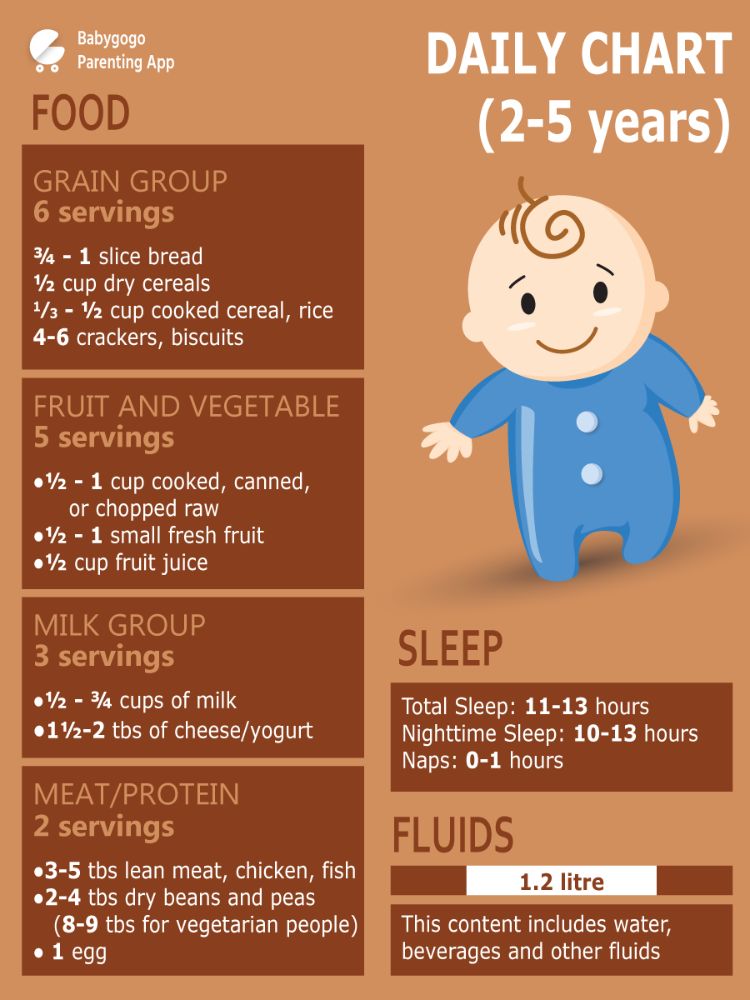 And if he eats only one, then he definitely can’t do anything very fatty anymore. So if you allow a child at this age to eat chips, then in a minimal amount. nine0003
And if he eats only one, then he definitely can’t do anything very fatty anymore. So if you allow a child at this age to eat chips, then in a minimal amount. nine0003
With a child aged 7 to 11, the calculations are as follows: the daily need for calories will be satisfied by 38.9%, in proteins - by 15.2%, in fats - by 73.1%, and in carbohydrates - by 26 .2%. Again: the second pack cannot be allowed because of the fat, but after the first one you need something rich in proteins and carbohydrates.
Adolescents aged 11 to 14 will receive 32-35% of their energy needs, 13-14% of protein, 62-66% of fat and 22-24%. The second pack is again definitely not recommended, and a third of the required energy has already been received. nine0003
Cheeseburger
We took the most obvious option: the McDonald's cheeseburger. It contains 302 kcal, 12 g of fat, 30 g of carbohydrates and 16 g of protein.
If a child aged 3 to 7 is fed with a cheeseburger, then his daily need for kilocalories will be covered by 16.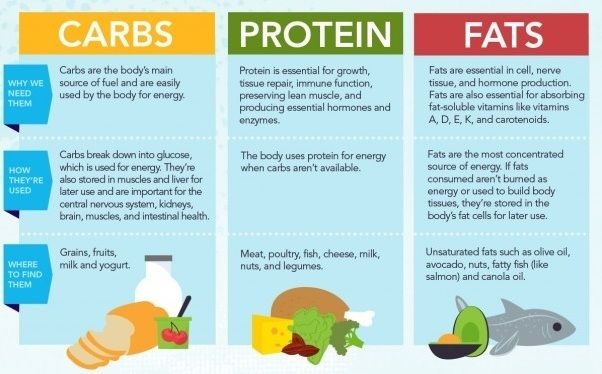 7%. He will get 20% of fats, 29.6% of proteins, and 11.4% of carbohydrates. Three of these cheeseburgers - and almost daily protein intake and more than half of the required fat. Only after them it will be possible to allow him only a vegetable salad. nine0003
7%. He will get 20% of fats, 29.6% of proteins, and 11.4% of carbohydrates. Three of these cheeseburgers - and almost daily protein intake and more than half of the required fat. Only after them it will be possible to allow him only a vegetable salad. nine0003
For a child aged 7 to 11 years, the need for calories will be satisfied by 14.3% of the daily norm, in fat - by 17.1%, in proteins - by 25.3%, and in carbohydrates - by 9, eight%. Adolescents will receive 12-13% of the required energy, 14-15% fat, 8-9% carbohydrates and 21-23% protein. It seems to be okay, but do not forget that McDonald's is not limited to a cheeseburger, there is also soda, and this is a shock dose of sugar (see below). And besides, the cheeseburger is small, one might even say thin, and more often they take more impressive things like the Big Mac, everything is much more serious there: 503 kcal, 25 g of fat, 42 g of carbohydrates and 26 g of protein. nine0003
McDonald's, by the way, lists on its website not only all these numbers, but also the fiber, sugar, and salt content. Other major chains do the same. Use it, it's really very useful information.
Other major chains do the same. Use it, it's really very useful information.
Sundae
For example, we took ice cream “48 kopecks”. One cup contains 170 kcal, 2.4 g of protein, 9.5 g of fat and 18 g of carbohydrates.
Children aged 3 to 7 receive 9.6% of daily calories, 5% protein, 15.7% fat and 7.4% carbohydrates with one serving of ice cream. 6 ice creams - and the need for fats is almost satisfied, but not enough energy. However, two cups, if the child really wants to, is rarely allowed, but possible. nine0003
A child between the ages of 7 and 11 will receive 8.2% calories, 4.3% protein, 13.4% fat and 6.3% carbohydrate. He can even be allowed three - but again, not every day.
Adolescents will receive 7-7.5% energy, 3.5-4% protein, 11-12% fat and 5-6% carbohydrate. That is, you can, of course, eat nine ice creams at a time, but then there will be a lack of proteins and carbohydrates, and at the same time you will still want to eat.
Kinder Chocolate
Small package chocolate Kinder Chocolate contains 4 serving bars (50 g total), they generally contain 284 kcal, 4. 35 g of protein, 26.75 g of carbohydrates and 17.5 g of fat. nine0003
35 g of protein, 26.75 g of carbohydrates and 17.5 g of fat. nine0003
For a child aged 3 to 7 is 15 % of daily calories, 8% protein, 10.2% carbohydrates and 30% fat. If for breakfast there was porridge with milk or fatty cottage cheese, then after chocolates until the evening you will have to focus on lean food - lean meat (to get protein norm), vegetables and cereals (it will give carbohydrates). Permissible, if necessary, a snack, if in the afternoon no desserts are planned in the diet, but not on a daily basis.
Child in aged 7 to 11 years, a package of chocolate will give 13.5 % needed energy, 7% the protein he needs, 8.7% carbohydrates and 25% fat. The legend that Kinder Chocolate is a kind of deceptive way to give children milk to drink by serving it in the form of chocolate does not stand up to scrutiny a little: in fact, the filling contains vegetable fat along with milk fat. But from the point of view of the BJU, this is quite acceptable snack, though with a bias in fats.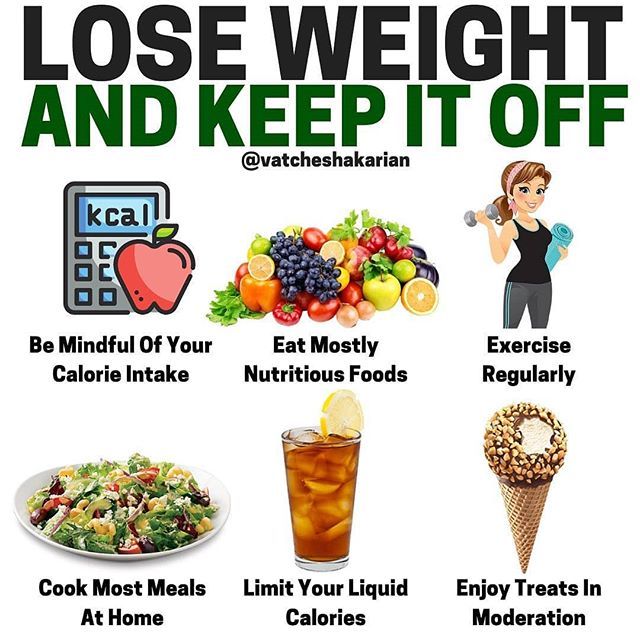 nine0003
nine0003
Teenagers 11-14 years old Kinder Chocolate is 11-12.5% energy, 5.8-6.3% protein, 7-8% carbs and 21-22% fat. Quite nutritious and relatively safe thing with a reasonable approach. The main thing is to monitor the fat content of what children will eat at home: the more chocolate in the diet, the more lean there should be other food that day.
Snickers
Standard bar weighing 50.5 g contains 249 kcal, 3.8 g of protein, 32.4 g of carbohydrates (there are 26 of them g sugar), 12.7 g fat. nine0003
For a child 3-7 years old one Snickers is 13.8 % of daily calories, 7% protein, 12.4% carbohydrates and 7.6% fat. The proportions are not bad, because having made the child will receive only a slight shortage of his diet only from Snickers proteins and fats or a light bust of carbohydrates. But the main danger lies in sugar. One bar contains 26 g of sugar, which means that ten bars contain more than a quarter of a kilogram! According to representatives of the domestic system health care, the amount of sucrose should not exceed 10 % of the calorie content of the children's daily diet.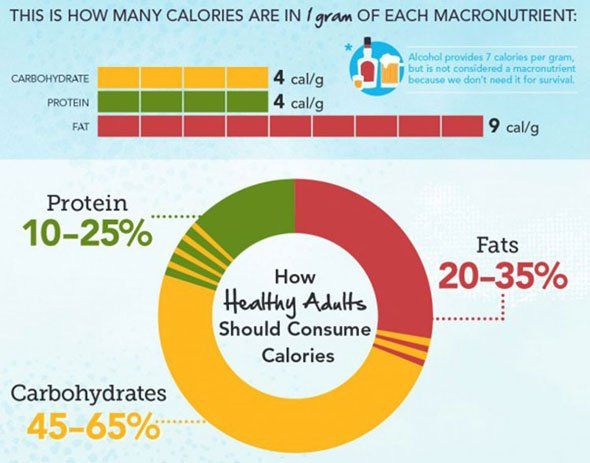 We consider. One Snickers is 99 "sugar" kilocalories, so two bars is already more than 10 % of the 1800 kcal for children of this age day. Even one bar a day is an occasion to think about the composition of the rest products on the menu.
We consider. One Snickers is 99 "sugar" kilocalories, so two bars is already more than 10 % of the 1800 kcal for children of this age day. Even one bar a day is an occasion to think about the composition of the rest products on the menu.
Child 7-11 years old, eating Snickers will get 11.8 % calories needed, 6% protein, 10.6% carbs, and 8.9% fat. A complete failure in proteins, however, when the task is to “snicker”, that is, quickly replenish the supply of energy, they do not needed. Not bad if the child plays sports or has an important control, but remember to keep an eye on the amount of sugar you consume. nine0003
Teenage boy 11-14 years old can, say, eat 10 Snickers a day - one contains 9.9 % of required calories. The girl can no more than 9 pieces: one "Snickers" is 10 .8% of the required energy. With fats and carbohydrates, everything will also be within the normal range - in one bar, about 10% of what is needed. But at the same time, both will receive a shortage of proteins: one bar is about 5% of the daily requirement, and 10 bars will only satisfy the need by half.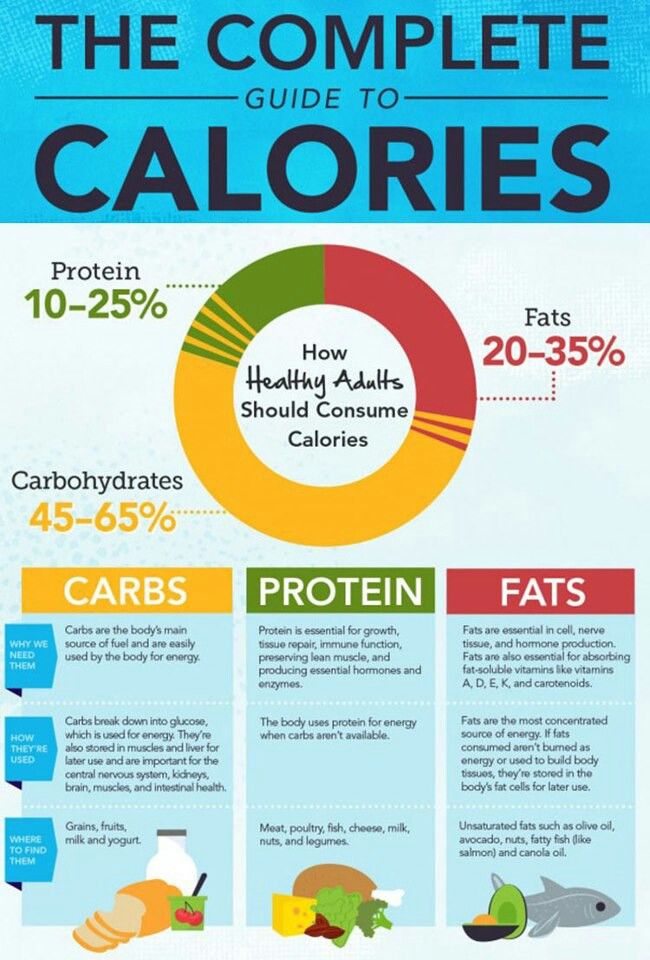 In general, if you take into account the rest of the diet, this is also more of an emergency energy help than part of a permanent lifestyle. nine0003
In general, if you take into account the rest of the diet, this is also more of an emergency energy help than part of a permanent lifestyle. nine0003
Coca Cola
500 ml Coca-Cola contains 210 kilocalories, no fats and proteins, but 53 g of carbohydrates, of which all are sugar.
Coca-Cola (however, like Pepsi-Cola and other sodas) is literally pure sugar. To drink a bottle is to consume 2 tablespoons of sugar with a slide. Therefore, consider it from the point of view view of the balance of the BJU is meaningless. And if you look from the point of view allowable amount of sugar, things are rather alarming.
One half-liter bottle of Coca-Cola is 20% of the carbohydrates needed by a child 3-7 years old, 17% - needed by children 7-11 years old and 15-16% - teenagers. If we remember that, according to Russian standards, sugar should not give more than 10 % from the daily norm of kilocalories, then 500 ml of cola without a twinge of conscience can only be drunk by children at the age of 11-14 years, and they will still have a small gap in sugar: it will be possible, for example, to eat fruit.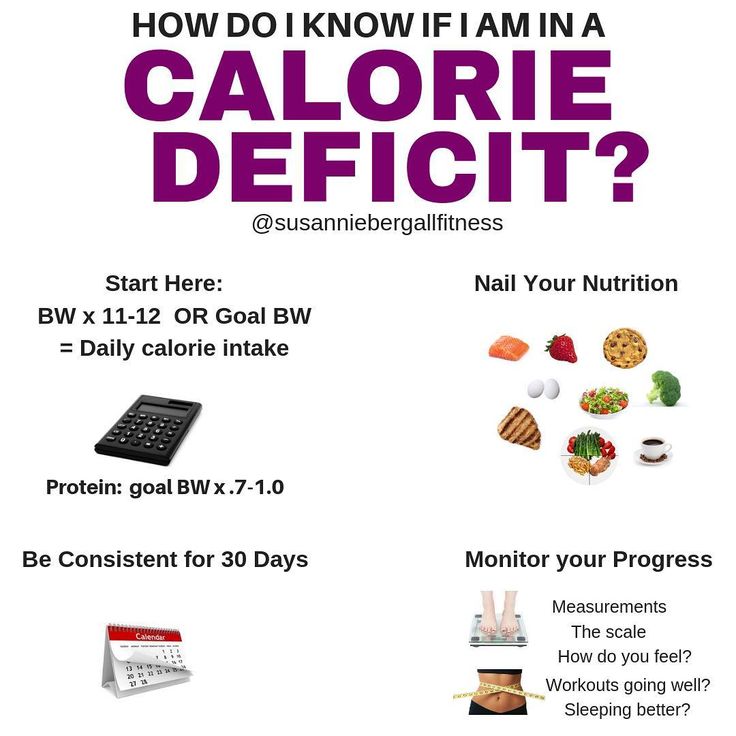 The rest is proteins and fats, cottage cheese, meat and fish. For children under the age of 11, half a liter of cola is the daily amount of sugar. And for children of age 3-7 years half a liter of cola is already too much, the maximum allowable amount is 400 ml of soda. nine0003
The rest is proteins and fats, cottage cheese, meat and fish. For children under the age of 11, half a liter of cola is the daily amount of sugar. And for children of age 3-7 years half a liter of cola is already too much, the maximum allowable amount is 400 ml of soda. nine0003
Sum
Now let's imagine that the child consumes all these foods in a day. Their total calorie content is 2031 kcal, proteins in them are 36.15 g, fats are 102.9 g, and carbohydrates are 320.15 g.
For a child of 3-7 years old, this is 12% of excess calories, 66% of the necessary proteins, fats - 70% more than the norm, and carbohydrates - 22%. (And do not forget about the sugar norm, which is already exceeded by one Coca-Cola.)
For a child of 7-11 years old, this is almost the daily calorie intake, 57% of the necessary proteins, 47% of excess fats and the daily intake of carbohydrates. nine0003
And for teenagers - 81-88% of energy, half of the norm of proteins, 23-33% of the excess of fat and slightly less than the daily norm of carbohydrates.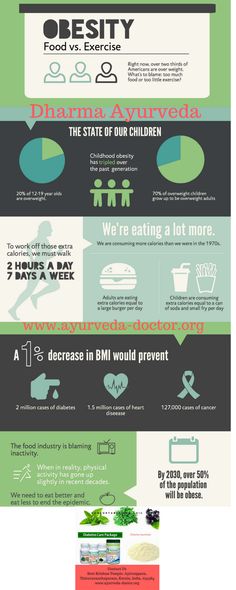
Pure arithmetic.
How many calories does a child need
Recommended intakes of energy, proteins and carbohydrates
for children and adolescents (per daily diet)
| Gender and age | Proteins, g | 9011Carbohydrates, g | Energy, g | ||
| total | incl. animals | ||||
| 0 - 3 months | 2.2 | 2.2 | 6.5 | 13 | 115 |
| 4-6 months | 2.6 | 2.5 | 6.0 | 13 | 115 |
| 7 - 12 months | 2.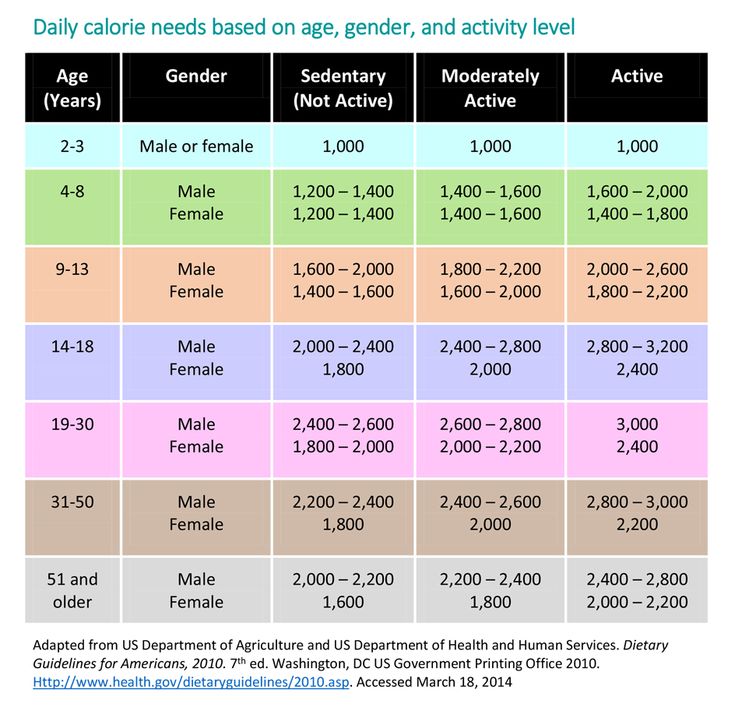 | ||||
